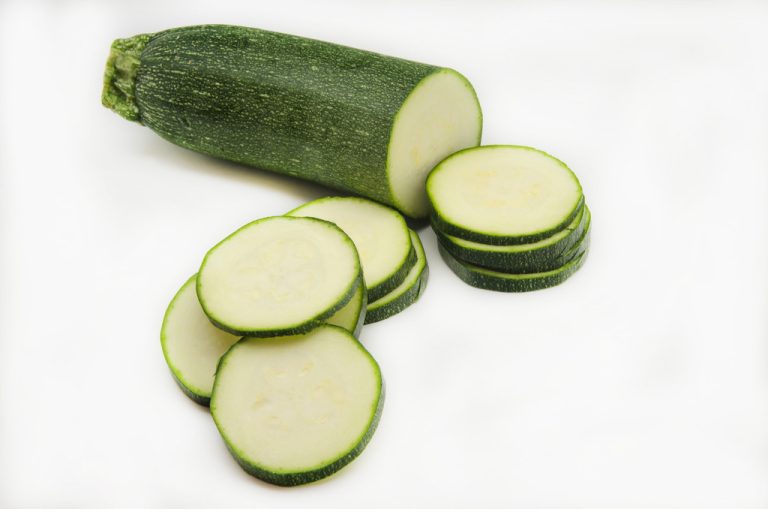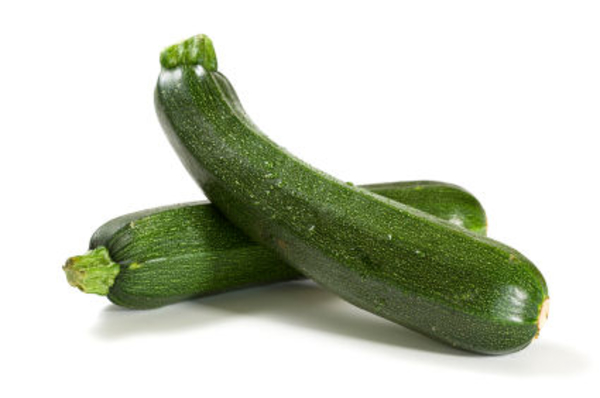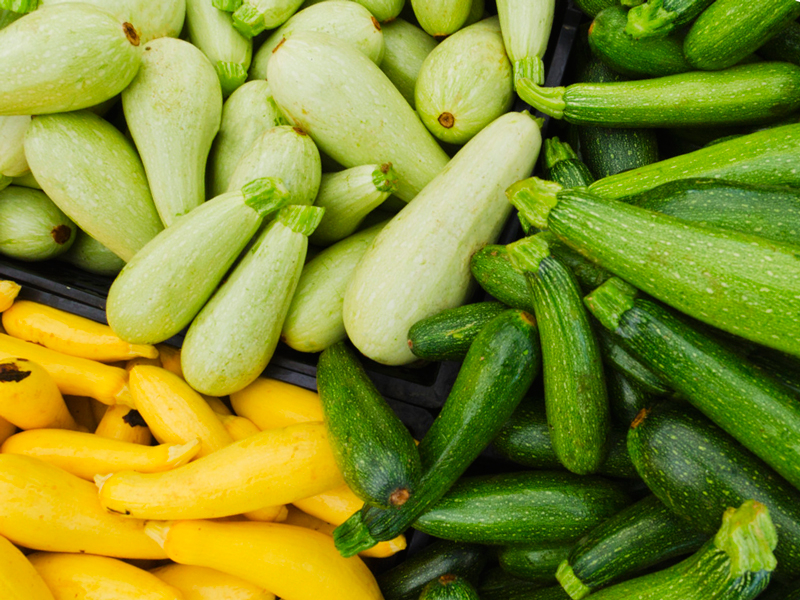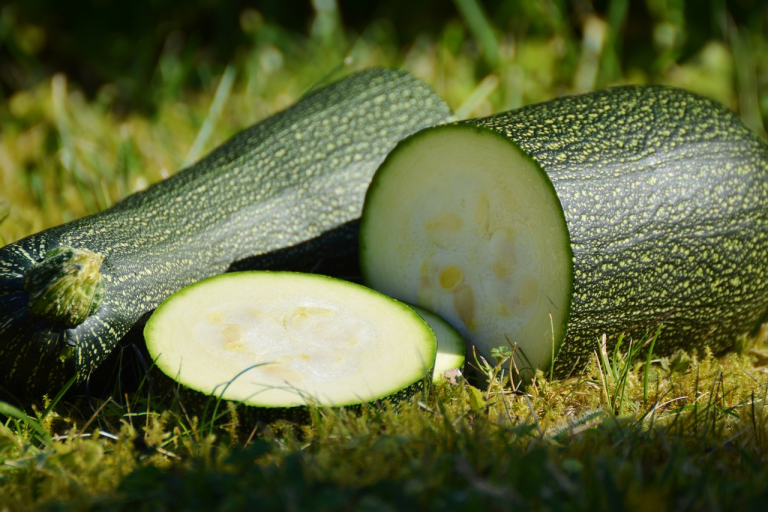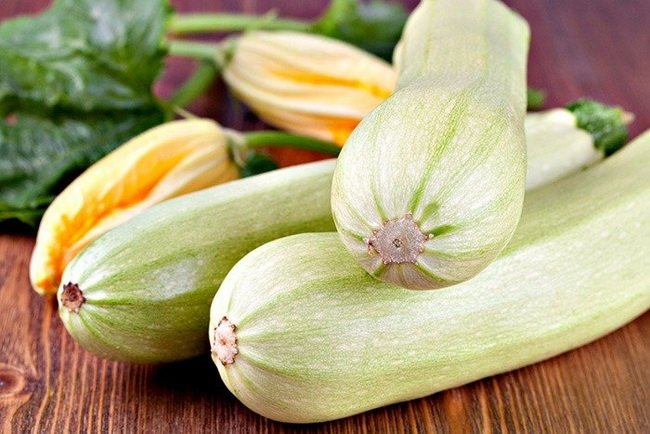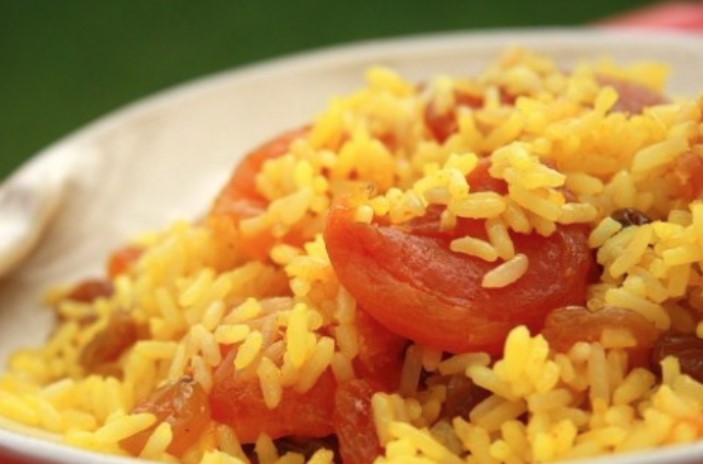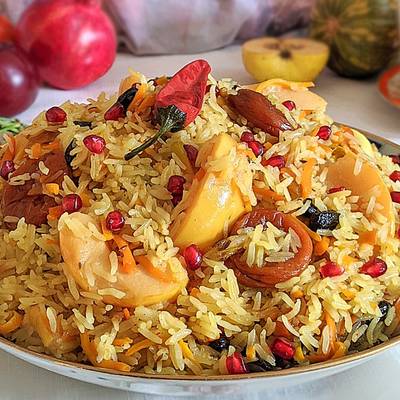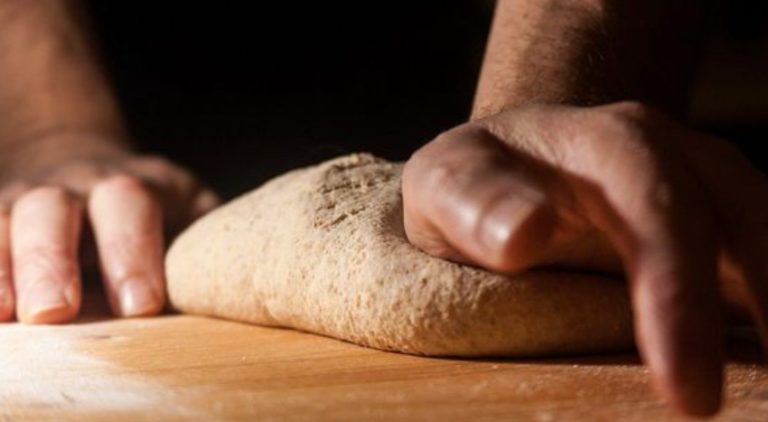Ahh, who doesn’t love it: a crispy slice of pizza with melted cheese. It’s hard to say no to that. But if you follow a low-carb diet, you can quickly remove the Italian delicacy from your menu. But there is no reason for that! In addition to the cauliflower pizza, there is also the zucchini pizza, which is low in carbohydrates and delicious at the same time!
Low carb pizza
Just because you eat low-carb doesn’t mean you have to miss out on a delicious pizza. You just have to know how to bake the low-carb pizza. And the zucchini pizza is perfect for that. Flour out, zucchini in.

Zucchinis are popular in low-carb cuisine because they have a very low carbohydrate content. In addition, they are also very low in calories and contain little fat: just one percent! It also contains a lot of potassium, magnesium, and iron.
A slice of the cheesy zucchini pizza contains just 90 kilocalories and you can of course get creative with the preparation. This is the basic recipe for a low-carb zucchini pizza, but if you want to add even more low-carb ingredients, there are no limits here.
The recipe for the low-carb zucchini pizza
For 1 pizza
- 1 large zucchini (each approx. 300 g)
- 1 egg
- 125g mozzarella
- 50g grated Parmesan
- 5 tbsp tomato sauce
- clove of garlic
- chili flakes
- Salt
- pepper
- basil
Preparation steps

- Preheat the oven to 220 degrees and line the baking tray with baking paper.
- Place a kitchen towel in a colander. Wash and grate the courgettes and put them in the kitchen towel in the colander. Salt the zucchini mixture and leave to stand for about ten minutes. Then wring out the cloth with the zucchini firmly.
- Mix the zucchini mass with the egg, 50 grams of mozzarella, and the Parmesan to form a dough.
- Place the zucchini dough on the baking sheet and press it into a round shape, the base should be relatively thin. Bake the zucchini base in the oven at 200 degrees (top/bottom heat) for about 20 minutes.
- Now season the tomato sauce with salt, pepper, chili flakes, and some garlic. After 20 minutes turn the pizza base over and spread the seasoned tomato sauce on top. Scatter the remaining mozzarella over the pizza and bake for 15 minutes. Garnish with fresh basil leaves.

